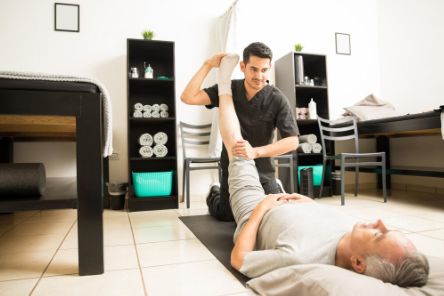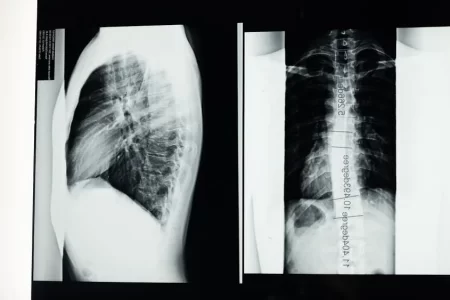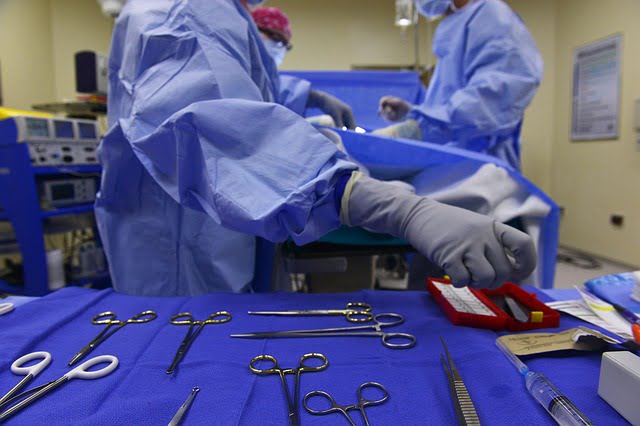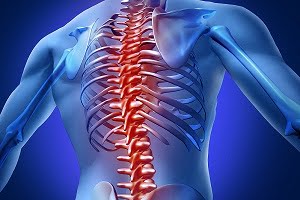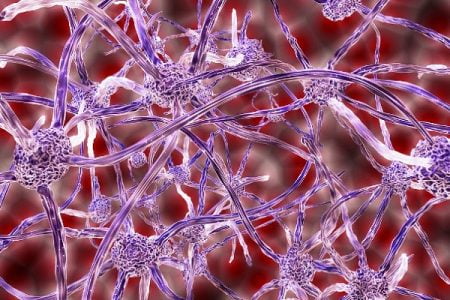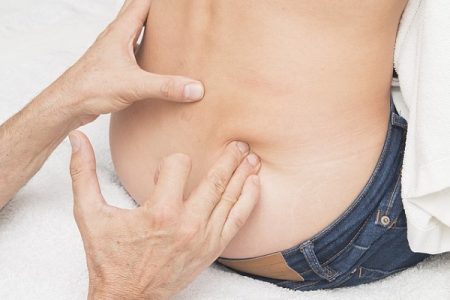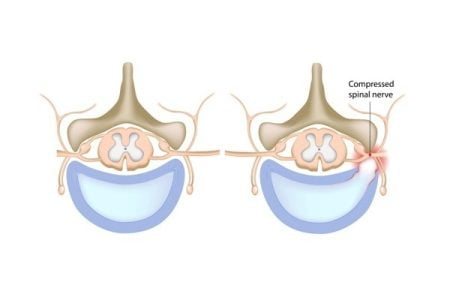Browsing: Spinal Stenosis
Comprehensive Information, Resources, and Support on Spinal Stenosis
Boost Mobility and Comfort with Chiropractic Care in Lansing MI
Boost Mobility and Comfort with Chiropractic Care in Lansing MI The Hidden Cost of Stress on the Spine Small…
Living With A Spinal Injury
If you have had a spinal injury, you will know already that this is something which affects your life in…
Laminectomy is done to create a space by removing the lamina, which is the back part of the vertebra that covers the spinal canal. Your doctor will also remove bone spurs or other structures that cause spinal stenosis.
Non-surgical spinal decompression therapy is a type of motorized traction that can relieve your back pain due to spinal stenosis. The therapy aims to stretch the spine gently, thereby changing the force and position of the spine. The purpose of therapy is to relieve pain and promote a healing environment for the spine.
A pinched nerve is a nerve under pressure that is a compressed nerve or trapped nerve. Often, this pressure is exerted by the surrounding bones or tissues. The sciatic nerve, when gets compressed, can cause pain through the lower back and into the leg. This condition is known as sciatica.
Lumbar Spinal Stenosis: Causes, Symptoms, Diagnosis, Treatment
Lumbar spinal stenosis is considered as the most common of all types of spinal stenosis. In this condition, the spinal canal narrows and presses the nerves which transmit the nerve impulse to the lower back of our body, causing severe pain. It is considered as the most common cause of pain leg and lower back.
Spinal Stenosis (Canal Stenosis): Causes, Signs, Symptoms, Risks, Diagnosis, Treatment
Spinal stenosis is the narrowing of spaces within spine (narrowing of the spine), which can put pressure on the nerves that extend through the spine. It mostly affects the lower back and the neck. Some people with spinal stenosis may not experience symptoms. To diagnose the condition, your doctor will review your medical history and conduct a physical examination.




